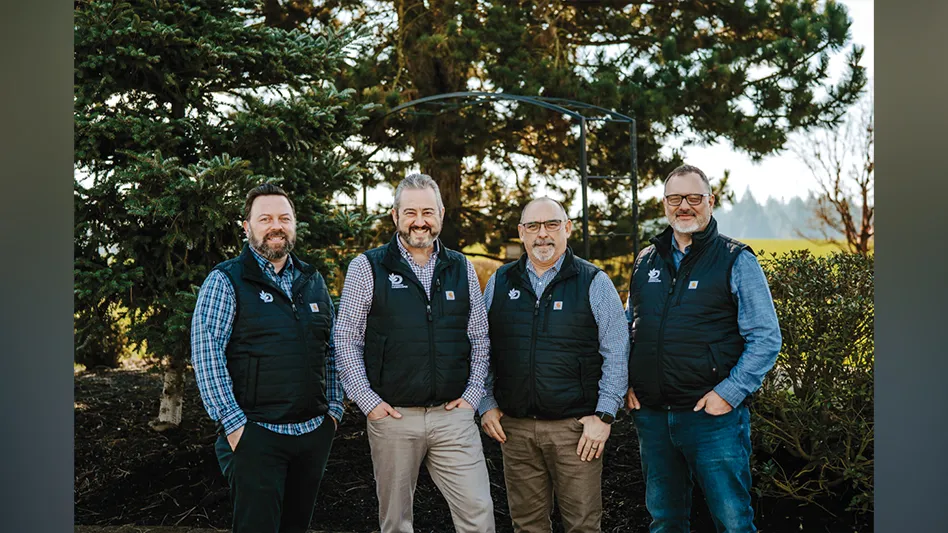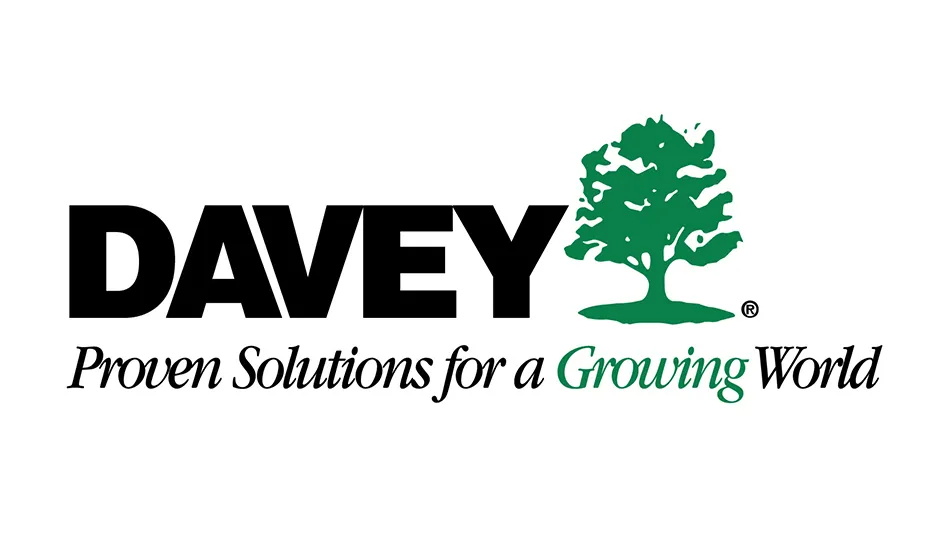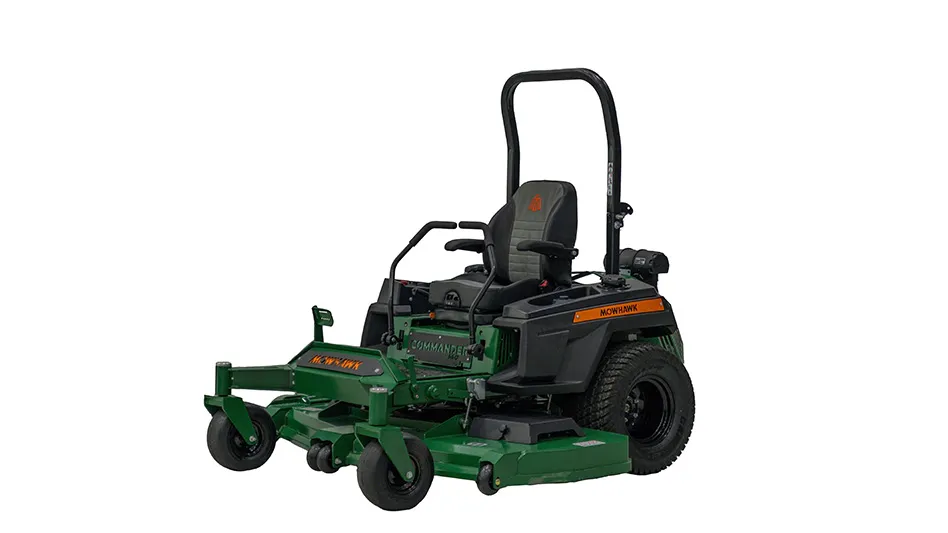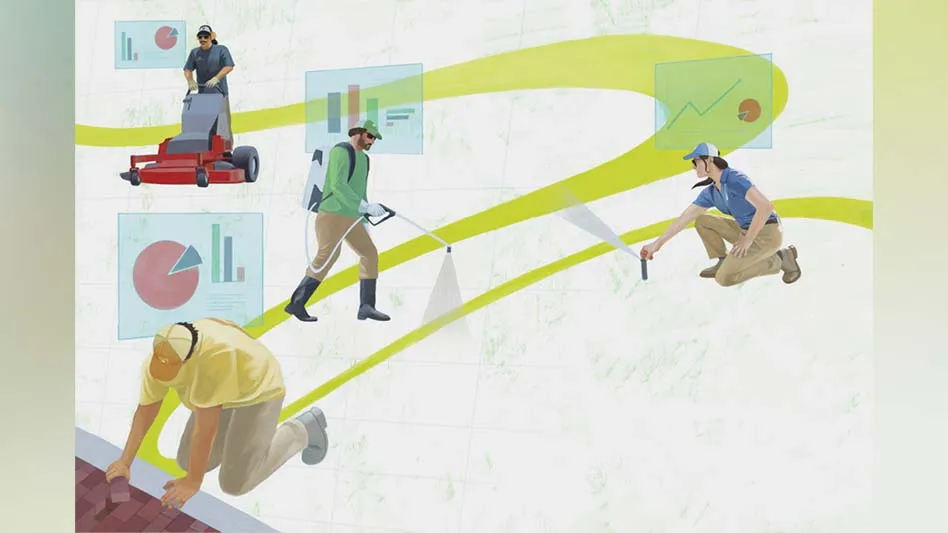 The Hustler 172 model, 1966. |
HESSTON, Kan. - The beginnings of the zero-turn mower market for one manufacturer can be traced back almost 40 years ago to common ground: a backyard in a prairie state. That’s where a tinkerer developed a zero-turn prototype that eventually led to the formation of a new market for Hesston, Kan.-based Excel Industries Inc.
The earliest version of what has evolved into Excel’s Hustler Z was born in Moundridge, Kan., as the brainchild of John Regier. Regier, who has no formal education in engineering or industrial design, was working at the time for Hesston Corp., a large manufacturer of hay and forage equipment headquartered in Hesston, Kan. His first musings about a mower incorporating a turning system similar to that used on Hesston belt-driven windrowers came as early as 1958. He tinkered with a design and even made some parts before abandoning his idea as unworkable.
The grass continued to grow in Moundridge, however, and after a mowing-related injury to his wife led her to open revolt against her grass cutting chores, Regier returned a few years later to his concept of a time-saving mower - if for no other reason, to make his live-in lawn technician a bit more pliable. Regier went back to work, puttering and tinkering, and just before midnight on a spring evening in 1963, Regier’s first zero-turn mower cut grass in the Kansas dark.
Regier named his invention the "Workhorse," and he described its steering as "light-touch control." In time, he took the belt-based mower to top management at Hesston to show them his handiwork. Management was singularly unimpressed. In fact, the Workhorse earned no commentary beyond a grin from Hesston’s general manager. The good news though: Regier had no problem winning releases from the company for the application of the steering technology and the transmission design to a mower. Hesston wanted ownership of a steering system for a swather, but the patent rights for such a steering system applied to turf maintenance were his.
 The Hustler 36 model, 1964. |
Regier resigned from Hesston and set to work on putting a 36-inch mower into production. In 1964, he built 24 red-and-white mowers (pictured at left) - now named the "Hustler," a name belonging to the B-58 fighter-bomber Regier noticed in Popular Science magazine. As he recalled, "I lost money on every one of those 24 mowers." In the process, though, his machines attracted the attention of Excel, then a manufacturer of tractor cabs. Roy Mullet was a partner in Excel, and he remembers that the company was looking for a product that might diminish its reliance on a fickle agricultural market. "We were very impressed with John’s design," Mullet said, "and we could see the concept’s potential. At the time, John was targeting the residential market, but the separate drive system for each wheel put the Hustler at a distinct price disadvantage. The homeowner market is extremely cost-sensitive, of course, and so early on we decided to build a larger model and enter the industrial market. Our first industrial mower was a 12-horsepower model with a 65-inch cut, introduced in 1965."
Initial market acceptance was solid. Customers welcomed the Hustler’s maneuverability and ease of handling compared to other commercial offerings. They also appreciated the mower’s contributions to productivity. However, customers did not enjoy the belts with their constant demand for adjustment and their tendency to slip when power was most needed, on steep slopes, for example. A conversion to hydrostatic drive seemed to be the answer, but if all those original belts were an ongoing source of problems, the hydraulics were an even bigger headache on first attempt.
Because its own engineering shop was already overextended, Excel farmed the design of the hydro system to alleged experts in nearby Wichita. When the prototype came back, it was a masterpiece of over-engineering. "It was a plumber’s worst nightmare," Mullet recalled. "You simply would not believe the valves, elbows, pipes, hoses, heat-transfer radiators, oil reservoirs, pumps and motors. Even though the machine had an 18-horsepower engine, it could go only about 4 miles an hour, but at that speed it could not cut grass. A slight incline or an obstacle of any kind would stop it dead. We stood around and looked at that monstrosity, and we were ready to abandon the project."
Then Ray Rilling, head of Excel’s plant maintenance department, stopped by Mullet’s office. "I told Roy that, if he’d give me a year, I could develop a hydrostatic mower that would outperform any belt-driven machine," Rilling said. Like Regier, Rilling is not an engineer, but like Regier, he was fascinated with mechanical things, and a year later - almost to the day - he was back with a hydrostatic mower that could actually cut grass. He walked into Mullet’s office time with a hydraulic system that he designed and built evenings and weekends in a shop behind a restaurant in Walton, Kan.
"The original hydro system was completely mismatched," Rilling said. "I built three different systems before I found the ideal combination of components. Little things made big differences: spool valves, for instance. I built my own spool valves." With Rilling’s hydraulics installed, the mower had what Mullet described as "power and zip. We immediately saw a bright future for John’s design with Ray’s ingenious hydrostat system installed."
 The Hustler 272 model, 1970. |
In the year of development on the hydro system, Excel sold 21 belt-drive, zero-turn Hustlers, all on a single order from the state of Pennsylvania. And the company introduced the 272 (pictured at right), with a wider 6-foot-cut, but still relying on nine belts. With the introduction of the hydrostatic drive in 1969, Excel began a direct-marketing campaign that took the new mower directly to outdoor power equipment dealers. Because Excel routinely used a certain paint color in its work for an agricultural tractor manufacturer, the hydrostatic Hustler was eventually changed to that color that users are familiar with today: yellow.
And the growth of Excel’s zero-turn mower business is turf history - history written by three men whose half-century friendship revolves around a revolutionary product that helps users cut grass much faster.
For more information about Excel visit the company’s web site at www.excelhustler.com.
The author, John Brown, is a freelance writer from Eureka, Kan.





